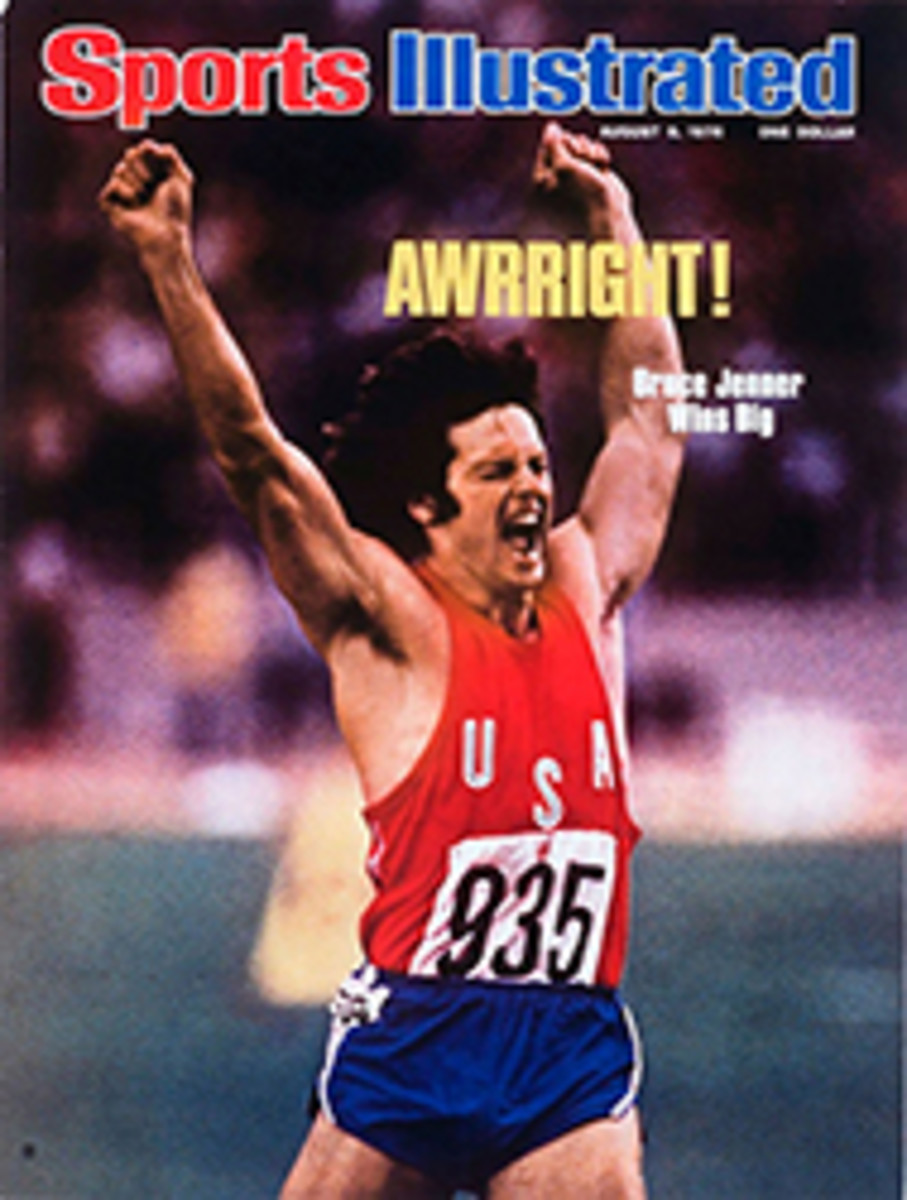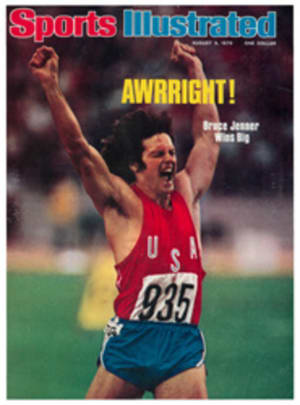
PUTTING UP WITH PAIN IN A TREATISE TENNIS HYPOCHONDRIACS WILL ADORE
Many problems preoccupy an ever-expanding, masochistic, fanatical group of tennis buffs, none more important than staying healthy enough to keep playing. All sorts of tennis-related injuries are the order of the day, and everybody is fair game.
As the tennis-playing population multiplies, orthopedic surgeons get busier. A new specialty called "Sports-Medicine" has developed, due in large measure to tennis. "Tennis elbow" has become to the orthopedist what cataracts have always been to the ophthalmologist—big business. And so the potential readership of a timely little book grows day by day. Playing Tennis When It Hurts by K. Gordon Campbell, M.D. (Celestial Arts, $4.95) addresses itself entirely to the subject of the tennis injury—its diagnosis, treatment and prevention.
In his introduction Dr. Campbell writes, "With advancing age, there is an increased amount of 'stiffness' in our connective tissue and an accumulation of wear-and-tear changes in our joints." To yours truly, a 50-year-old pediatrician tennis player, this information, although medically true, is not such good news. I have been relatively injury-free up to now and always feel fine the day after a tough match. But there is an exception to every rule.
The first part of Playing Tennis When It Hurts deals with injuries that can affect every part of the body, starting from the neck and going all the way down to the feet, and even includes a section on the right type of sneaker to be worn. Dr. Campbell then goes on to outline in detail a series of warmup, stretching and muscle-strengthening exercises. Many photographs and illustrations are included, and these will help readers to follow the dry text.
Dr. Campbell's approach is medically sound. There is no question that anybody who takes the time and trouble to follow his advice will find it worthwhile—but how many of us will actually do so? My experience tells me that he will have very few disciples. There just isn't enough time for frantic, fanatic tennis players, especially those who have taken up the game as adults, to do stretching exercises and a slow, careful warmup. These are all well and good, but if you have only one hour of court time, forget it. The pleasure is in playing and winning, and the pain that goes with it is the price one pays. Let me tell you about what happened to me.
I have a regular weekly two-hour session of singles with two other physicians. The competition is cutthroat. We rotate opponents and faithfully keep a running score for the entire season. I was leading 5-3 against my obstetrician opponent and was feeling great. Moving up to the net to put away a short, weak return of service, I heard a loud bang and felt excruciating pain in my left calf. I dropped straight to the court. Lying there, I turned to see who had shot me. My two colleagues (the obstetrician and the internist waiting to play the winner) calmly walked over and looked at me as I lay writhing in pain. One of them told me that I had snapped my plantaris tendon and would not be able to play for four to six weeks. Since play was continuous I would have to forfeit the match—and would I now please drag myself off the court as fast as possible so that they could get in another set before time ran out? Can you imagine any of us taking up precious tennis time with a long-drawn-out warmup?
The hypochondriacal tennis player will have a field day with Playing Tennis When It Hurts. I am sending a copy to a friend of mine who is a perennial complainer. He will derive many hours of pleasure looking up his every ache and pain. He'll be better able to diagnose his injuries and he will also start using proper medical terminology. I don't mind his moaning because, besides being a hypochondriac, he owns his own court and this type of friend is hard to come by.
I am personally grateful to Dr. Campbell for writing this book. My wife has had a severe chronic low-back problem and has seen many orthopedists and rehabilitation physicians. The doctors who examined her were not tennis players themselves and so all they could tell her, without giving it a second thought, was to stop playing in order to prevent more trouble. We all know that no real tennis player will accept this kind of advice without a struggle. Dr. Campbell (who is a tennis-playing orthopedist) suggests that the low-back victim use an elastic bandage while playing. This simple remedy has helped my wife a great deal.
On balance, this is a useful book to have around, especially as a reference. If you play tennis long enough, chances are good that it will help you diagnose an injury. I would have been happier if Dr. Campbell had expanded his discussion to include what I consider much more important areas of advice to the tennis player: the importance of playing regularly, eliminating smoking and getting rid of excess weight. Perhaps a heart attack would not strictly be defined as a tennis injury, but it surely hurts and, more important, puts you out of tennis for many months and sometimes forever. The writing is straightforward, non-anecdotal and boring. But then how well-written or humorous does a book about pain and injury have to be?

